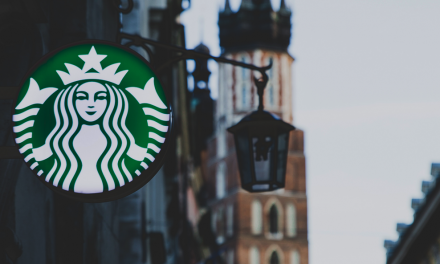An archeological dig that began in 2005 has resulted in a report published in Nature that details the cataclysmic destruction of a city in the Jordan Valley near the Dead Sea in 1650 B.C. by an exploding meteor. The explosion, accompanied by intense heat and a shock wave, not only leveled the city, but left behind such a quantity of salt that the area could not grow crops and was uninhabitable for approximately 300-600 years.
Known as a “cosmic airburst,” the phenomenon is known to have occurred two other times, the last in 1908 over Siberia. What makes these meteor events unusual is that the meteor doesn’t impact the Earth but explodes a few miles above it. That’s why no crater can be found, as typically accompany a meteor’s impact such as the famous one found in northern Arizona near Winslow.
The city identified in the report is called Tall el-Hammam. Is it the biblical city of Sodom, which we know from the Genesis 19 account was destroyed by “sulfur and fire from the Lord out of heaven”? In the Genesis story, we are told that nearby cities were destroyed, and “all the valley, and all the inhabitants of the cities, and what grew on the ground” (verse 25). And, interestingly, we are told that Lot’s wife, who looked back toward the city, “became a pillar of salt.”
The report’s authors concede there is speculation that Tall el-Hammam is indeed the ancient city of Sodom. But archeologists don’t know for sure. And the authors of this latest report say that particular question was beyond the scope of their investigation.
If the dry, scientific language of the report is not your cup of tea, the authors have published a shirt-sleeve-English version of what the destruction looked like.
“Flashing through the atmosphere, the rock exploded in a massive fireball about 2.5 miles (4 kilometers) above the ground. The blast was around 1,000 times more powerful than the Hiroshima atomic bomb. The shocked city dwellers who stared at it were blinded instantly. Air temperatures rapidly rose above 3,600 degrees Fahrenheit (2,000 degrees Celsius). Clothing and wood immediately burst into flames. Swords, spears, mudbricks and pottery began to melt. Almost immediately, the entire city was on fire.
“Some seconds later, a massive shockwave smashed into the city. Moving at about 740 mph (1,200 kph), it was more powerful than the worst tornado ever recorded. The deadly winds ripped through the city, demolishing every building. They sheared off the top 40 feet (12 m) of the 4-story palace and blew the jumbled debris into the next valley. None of the 8,000 people or any animals within the city survived – their bodies were torn apart and their bones blasted into small fragments.
“About a minute later, 14 miles (22 km) to the west of Tall el-Hammam, winds from the blast hit the biblical city of Jericho. Jericho’s walls came tumbling down and the city burned to the ground.”
Could God employ a meteor and a “cosmic airburst” to destroy Sodom? As Newsweek reported, “In 2015, professor of Biblical studies and apologetics at Trinity Southwest University, Dr. Steven Collins, told website Popular Archaeology that Tall el-Hammam meets ‘every criterion’ of Sodom.”
As Christians, we’re used to seeing reports of archeological discoveries that confirm something the Bible talks about. But our faith does not depend on archeological finds and scientific validations of biblical stories. Nevertheless, it is nice to see science and archeology confirm and enhance our understanding of Scripture.
Photo from Shutterstock.






